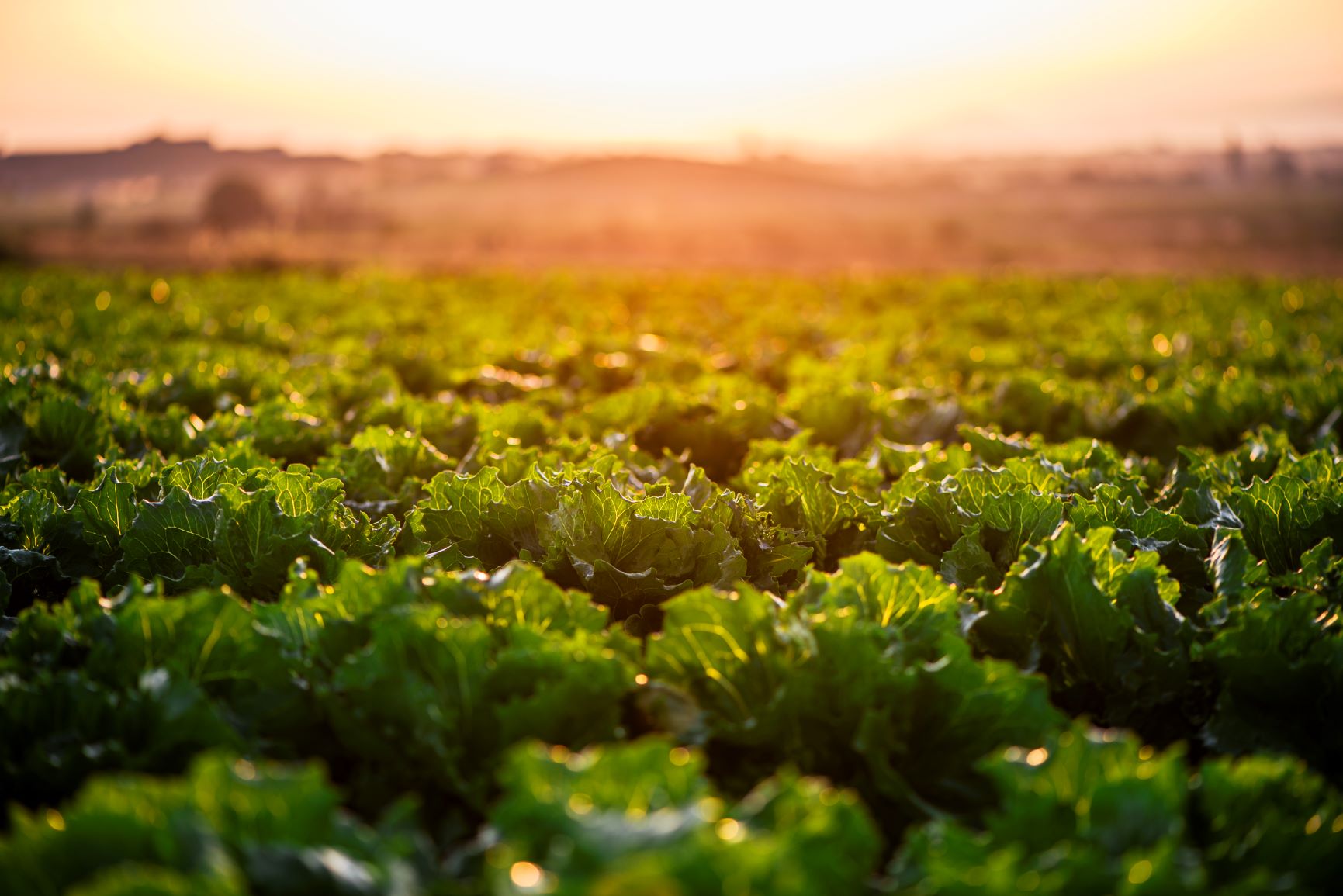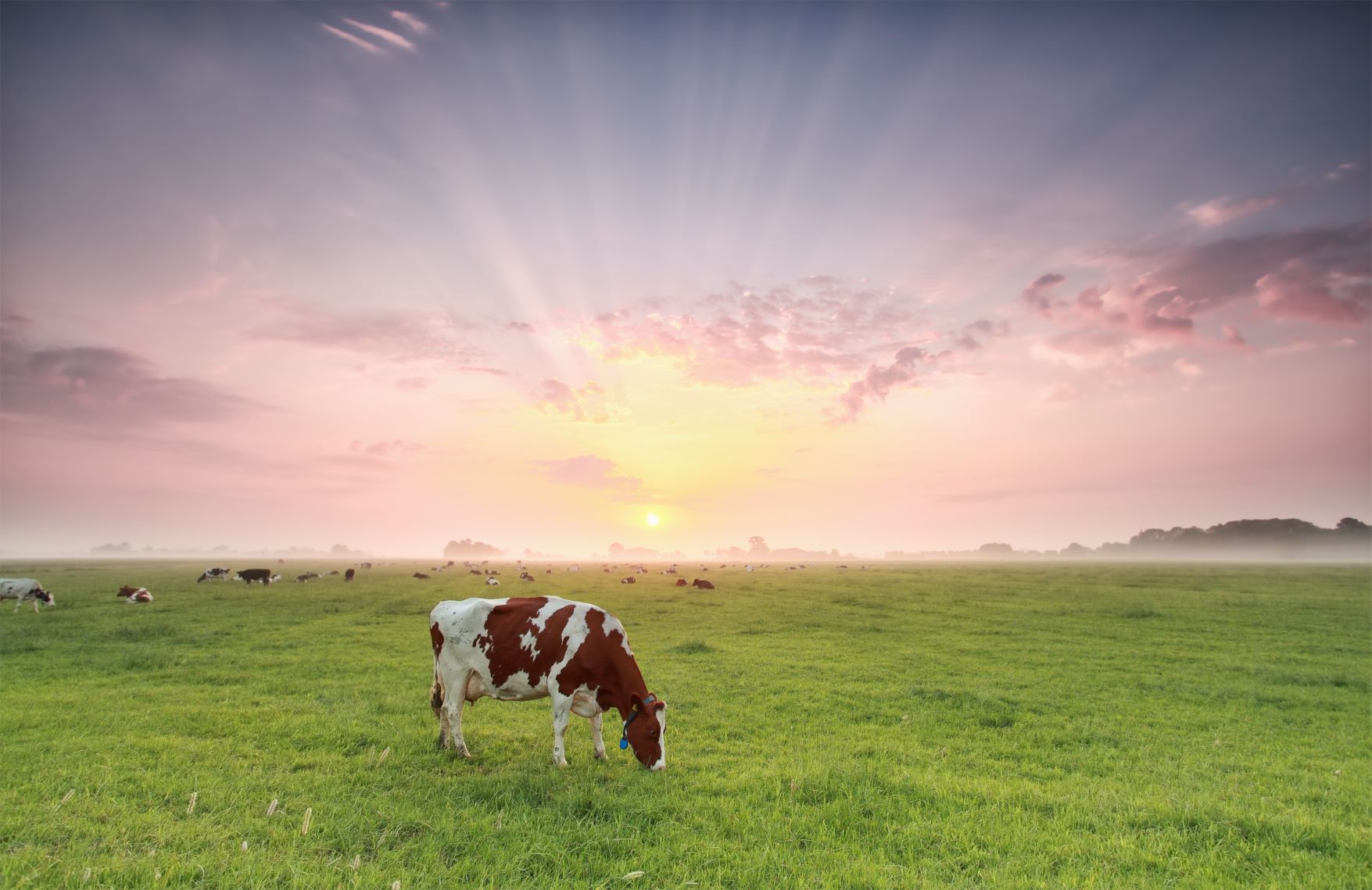-
Fertiliser handling and safety
- Blended fertiliser quality
- Environment and recycling
- Fertiliser labelling
- Fertiliser security and safety
- Fertiliser spreading
- Fertiliser storage
- Fertiliser technology
- Handling and Transport
- IFA Protect & Sustain Program: Product Stewardship
- Physical properties of fertilisers
- Storage of YaraVita products
-
- Search
Reduce your farm’s impact on climate change
As a farmer, your connection to the earth is more meaningful than most, and your ability to make changes that will significantly benefit the climate is greater than most. Fertiliser use is a major contributor to your farm’s greenhouse gas emissions. Switching to nitrate-based solutions is one of the simplest ways to reduce your farm’s impact on climate change.
Yara’s plant nutrition expertise has been developed over one hundred years. We are matching that knowledge with extensive R&D and developing precision farming solutions so that by using our products, you can minimise your farm’s carbon footprint.
Measuring your farm’s carbon footprint
To understand the overall impact of fertilisers on the environment, we need to conduct a life-cycle analysis, which measures emission and absorption rates of greenhouse gasses at every stage of a fertiliser’s ‘life’. This will help determine the carbon footprint and show how it can be minimised.
In production, transportation and use, fertiliser products generate greenhouse gas emissions, including carbon dioxide (CO2) and nitrous oxide (N2O).
4 ways that you can minimise carbon emissions
- Select nitrate fertilisers produced by a manufacturer utilising the cleanest and most efficient production technologies available.
- Take action to ensure balanced nutrition by using precision tools for optimum N rate application.
- Optimise fertilisation as this can increase C02 uptake and crop growth.
- Reduce the need for new land cultivation by increasing yield with highly efficient nitrogen fertilisers. Forests and wetlands store up to eight times more CO2 than farmland. Deforestation and conversion of wetland to farmland releases this additional CO2. In fact, land use change for agriculture is responsible for about 12% of global greenhouse gas emissions. More food must be grown on the existing cropland to reduce agriculture's contribution to global warming. Increasing productivity of existing farmland helps to reduce pressure for further land-use change.
Yara is working to reduce its carbon footprint
Yara has reduced the carbon footprint of its nitrate fertiliser production by up to 40% via the development and adoption of advanced catalyst technology. Catalyst technology reduces nitrous oxide (N2O) emissions from nitric acid plants by as much as 90%. Enhancing N efficiency during fertiliser use could reduce this even further.
Yara developed the advanced technologies that are used during fertiliser production to reduce N20 emissions by up to 90%. We have shared this technology with the rest of the industry, and it is now part of the ‘Best Available Techniques’ (BAT) for fertiliser production as defined by the European Union.
In Australia, Yara is committed to a range of other initiatives that support environmental sustainability, including its partnership of the Farm Waste Recovery and drumMUSTER programs.
90% less N2O from productionThe use of catalyst technology developed by Yara for use in fertiliser production can reduce N2O emissions by as much as 90%. This technology has since been shared with the rest of the industry. Today, the technology forms part of the 'Best Available Techniques' (BAT) for fertiliser production as defined by the European Union. |
Yara's commitment to reduce climate changeCan you responsibly feed the world and reduce CO2 emissions? Without mineral fertiliser, the world could only feed 40% of its population. But to make mineral fertiliser you need to rely on fossil fuels to generate the required production energy, resulting in CO2 emissions. That’s why Yara is working on alternatives like Green Ammonia. A breakthrough that will provide the level of fertiliser production required to responsibly feed the world, while at the same time reduce CO2 emissions. With growing investments in wind, solar and hydrogen, Yara is currently running production pilots using renewable CO2-free energy sources to produce Green Ammonia. Yara is targeting to make Green Ammonia a proven production method within the next few years. Another advantage of Green Ammonia is that it can also be used to store and transport carbon-free energy for power plants, industrial furnaces and as fuel for mobility, thus providing a more sustainable resource for use by manufacturing, energy and transportation industries. Green Ammonia provides us with the prospect of a cleaner future for energy-intensive production and storage methods. Effectively reducing our dependence on fossil fuels while moving towards a low-carbon society. |
You may also be interested in
For more information on specific issues check out these related articles.


























































